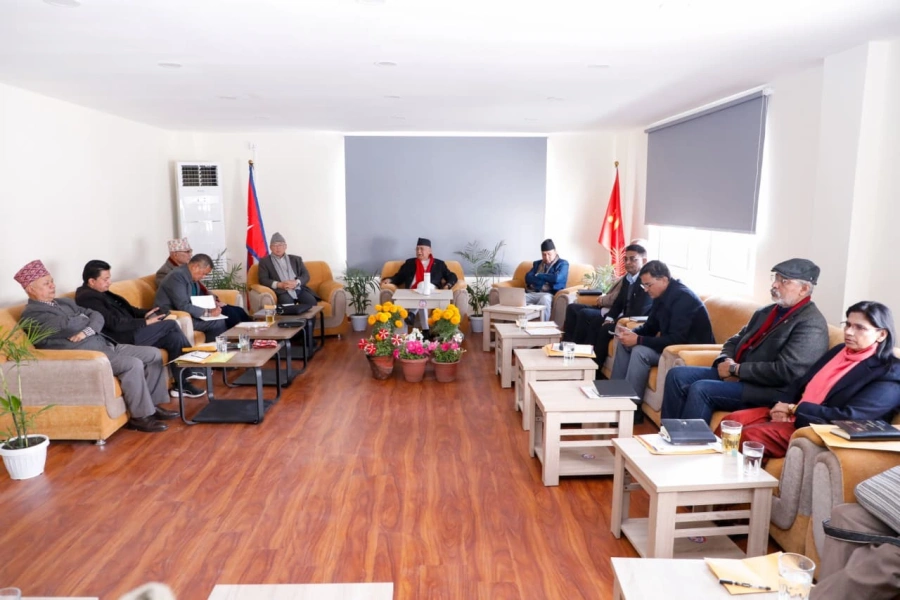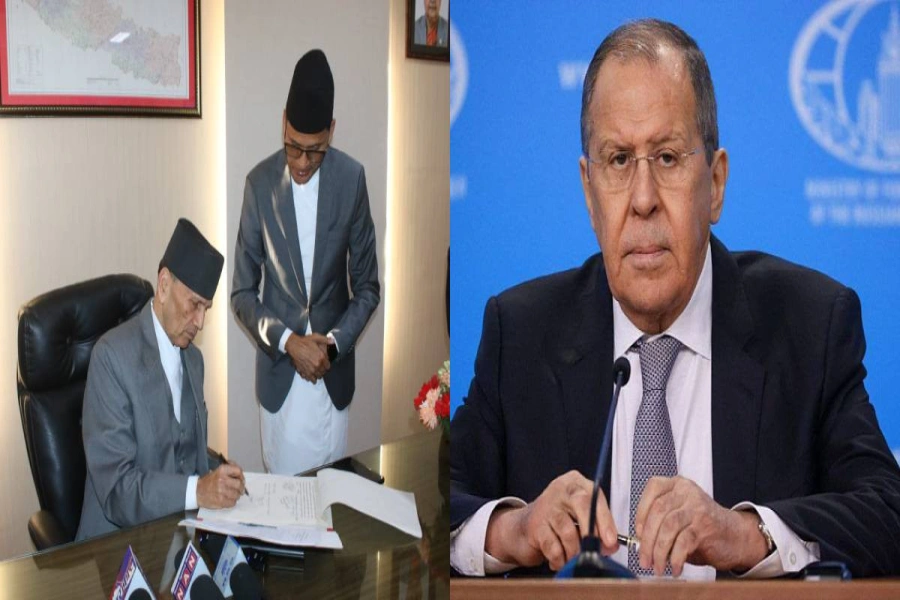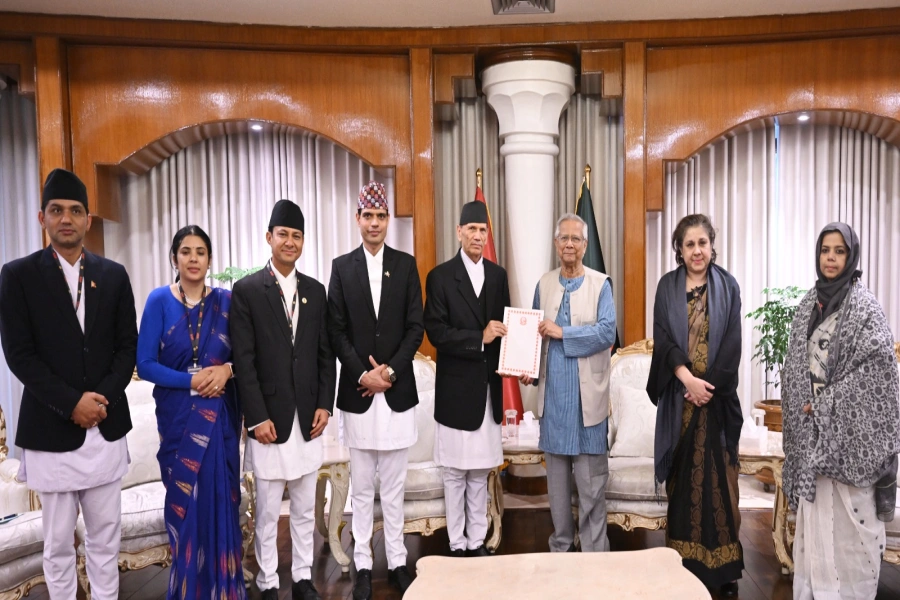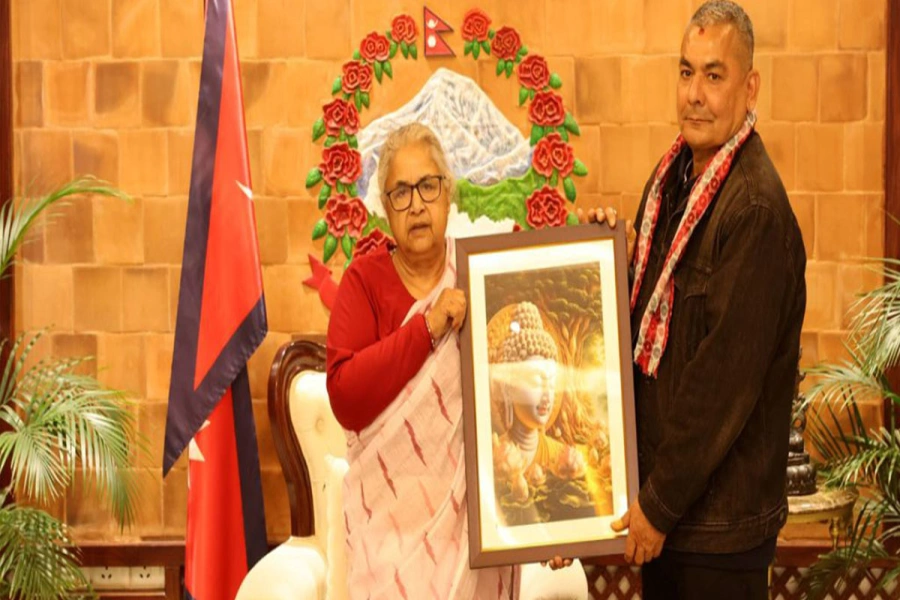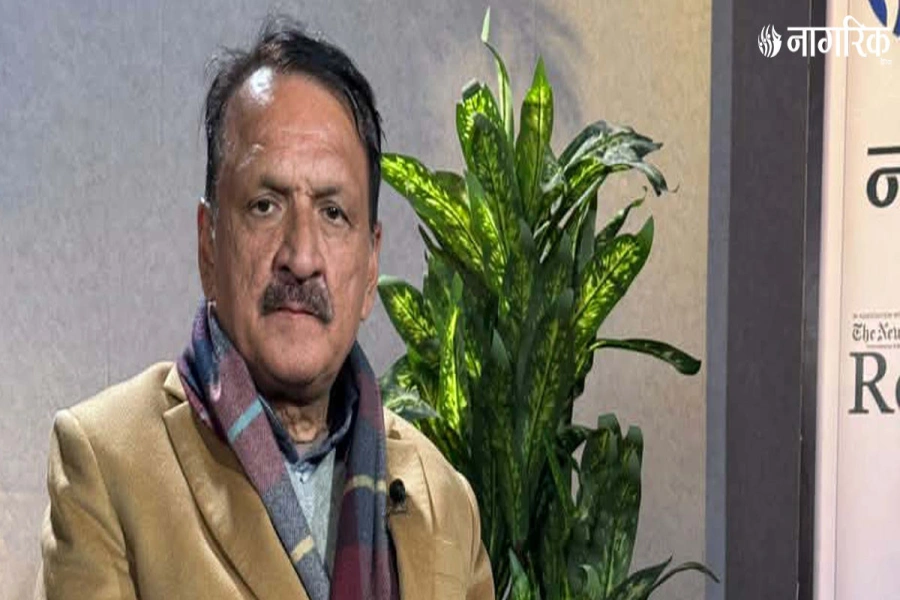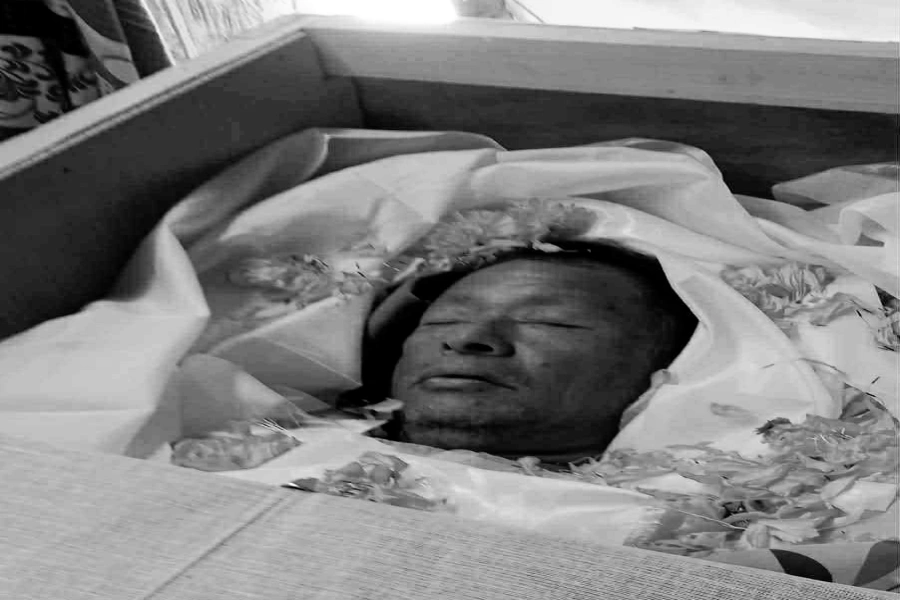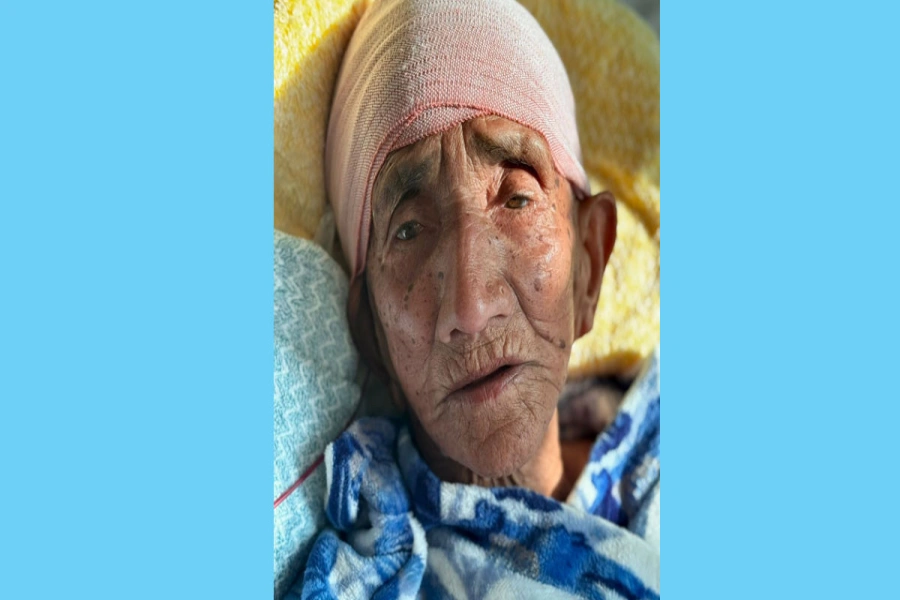The impact of climate change on land, agriculture, and vulnerable populations is critical to ensuring sustainable livelihoods and food security. Land, forests, and water are essential for sustaining productivity, livelihoods, and food security. Access to and control over land is a cross-cutting issue that impacts a range of human rights, directly affecting their enjoyment.
However, land rights of socio-economically vulnerable communities are not legally recognized and legalized. In Nepal, women, indigenous communities, and landless people face land inequities and bear the unequal impacts of climate change, making it a reality.
Women’s land rights
Significant gender inequities exist in Nepal and South Asia despite women being the principal farmers or producers, particularly in terms of the use of and control over land and other natural resources. The impact of a changing climate exacerbates these complex challenges, resulting in new vulnerabilities and increased marginalization of the already vulnerable people.
"I have been living and farming in the Ailani land since generations. I filed an application to the local government in 2021 for the land ownership certificate under the new land law, but last year's flooding destroyed almost all of my land and livelihood became more challenging,” shared Kali Chaudhary, a landless woman of Kanchapur, at the Regional Environmental Policy Dialogue on Securing Land Rights of Women and Indigenous Peoples in the Face of Climate Change in South Asia in Kathmandu, Nepal.
Women’s land rights are fundamentally linked to gender equality because women are key enablers of their economic autonomy and decision-making. The denial of women’s rights to land impacts everyone.
SHIFT for Our Planet: Youths urge authorities to make climate j...

Therefore, the recognition and tenure security of ancestral rights to land and natural resources must be a priority for governments to ensure the well-being and livelihoods of marginalized communities. Women's land rights must be protected and enforced to promote gender equality and empower women.
Disaster and displacement
The link between poverty and land tenure is contributing to increased vulnerability to climatic disasters. Poverty forces many families to settle in informal settlements without formal land tenure, usually along riverbanks, degraded forest lands, sloping lands, and other unsafe areas that are at high risk of potential disasters. Settlers, smallholder farmers, and those without secure land tenure face limited options for land use and are compelled to live in hazardous territories.
Climatic disasters are displacing families permanently. The displaced families often lose their home and arable land to disasters. Often the government partially compensates for the losses incurred. However, the compensation packages are tied with the entitlement of land tenure, and therefore families with legal land tenure are prioritized.
Both climate change and improper land use are increasing in Nepal. The temperature is changing and changing faster than the global average with every passing year. Unplanned urban growth and landscape expose a range of climate risks and water-related disasters. Rapid snow and ice melt in the mountains and heavy rainfall in the foothills during the monsoon season are becoming common.
Bangladesh, Nepal, and India share similar experiences of climate change and land inequities. Therefore, in South Asia, there is a critical need to advance the interventions of indigenous peoples, local communities and women, and advocacy. Securing the land rights of indigenous peoples and women is the foundation for increasing their adaptive capacities, food sovereignty and inclusive participation in political, social and decision-making processes.
Land tenure and climate adaptation
Marginalized communities often have no choice but to settle along the riverbanks, degraded forest land, sloped land, and others, which are deemed unsafe and pose a substantial risk to environmental disasters. When disasters occur, communities are displaced, often losing their homes and arable land, forcing them even deeper into poverty.
Just like in Nepal, other countries in South Asia including Bangladesh and India, share similar climate risks when there is rapid snow and ice melt in the mountains and heavy rainfall in the foothills during the monsoon season.
Inclusive policies and localized actions
The issue of land tenure is critical in facilitating effective climate adaptation measures. In Nepal, discussions surrounding land rights, land use, and just land systems have gained significant traction following the promulgation of the new constitution and the establishment of three levels of government. Additionally, agricultural development, challenges facing the agriculture sector, and the overall uplifting of farmers have been important topics of conversation in the public sphere.
Despite this, climate change policies still tend to overlook the importance of land and tenure-related concerns. Securing the land rights of indigenous peoples and women is the foundation for increasing their adaptive capacities, food sovereignty, and inclusive participation in political, social, and decision-making processes.
It is therefore crucial for organizations working on both land and climate change to collaborate and increase their understanding of how these two issues can be integrated to address these challenges.
Lastly, people on the frontline of climate risks are best placed to respond to current and future climate change impacts. Locally led climate actions can help address historical imbalances of power and offer a more grounded and realistic perspective on mitigation and adaptation measures.



